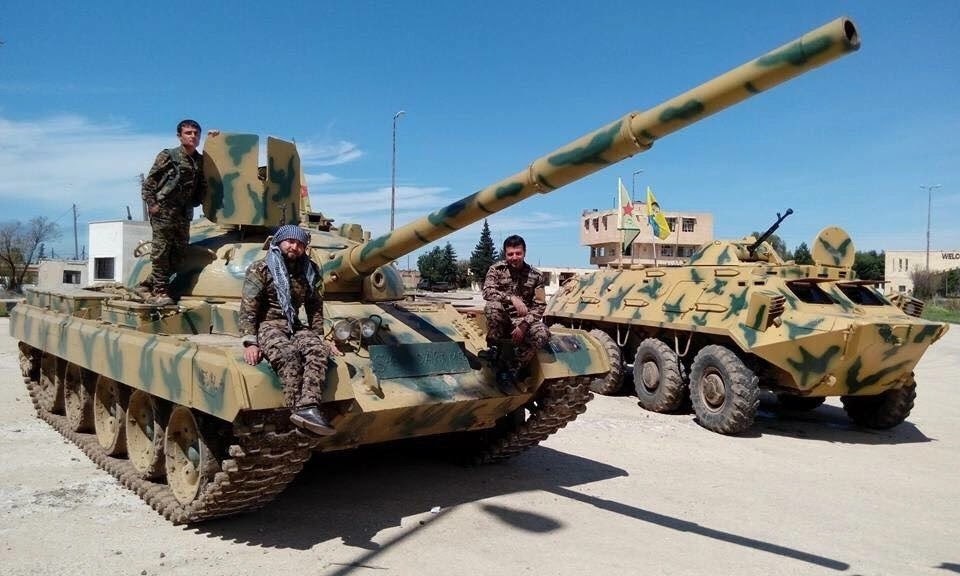,
By Stijn Mitzer and Joost Oliemans
Some nations eagerly show off their drone arsenal in an effort to display their military might to the rest of the world, other countries are less keen on revealing their inventory and operations of unmanned aerial vehicles (UAVs). One such country is Morocco, which currently operates a sizeable fleet of Israeli, Chinese and Turkish UAVs and UCAVs. [1] Nonetheless, very little is known regarding their actual operations, with Morocco appearing intend on keeping UAV operations the armed forces' best-kept secret.













